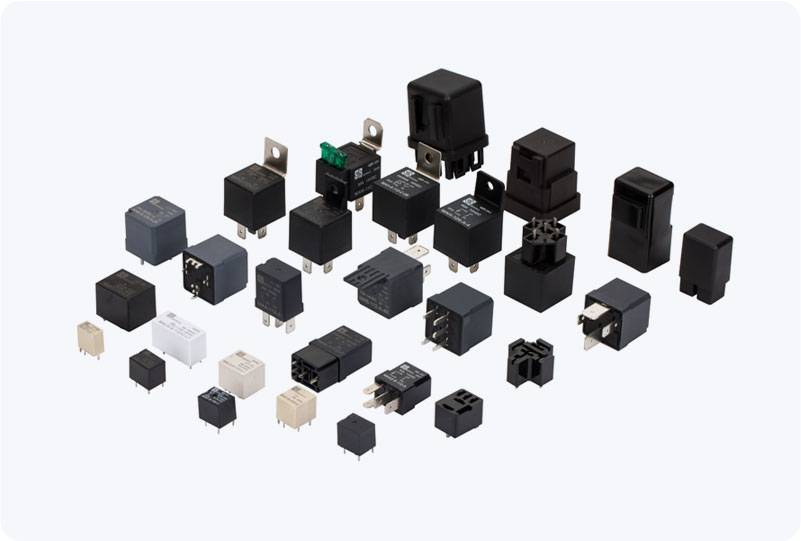Precharge relay is a critical component used in high-voltage systems, such as electric vehicles (EVs), uninterruptible power supplies (UPS), and renewable energy systems. Its primary function is to prevent electrical damage during the initial power-up by reducing inrush current and ensuring a smooth voltage ramp-up. This article explores the role of precharge relays in modern electrical systems, their importance in power management, and how they contribute to the safety and longevity of high-power devices.

The Role of Precharge Relays in High-Voltage Systems When an electrical system, especially one involving large batteries or capacitors, is first energized, a significant issue arises: inrush current. This refers to the initial surge of current that flows into the system when power is first applied. This inrush current can be orders of magnitude higher than the normal operating current, potentially damaging sensitive components, causing excessive wear on switches, and even leading to system failure. To mitigate this risk, precharge relays are employed to precharge the system gradually before full current flow is allowed.